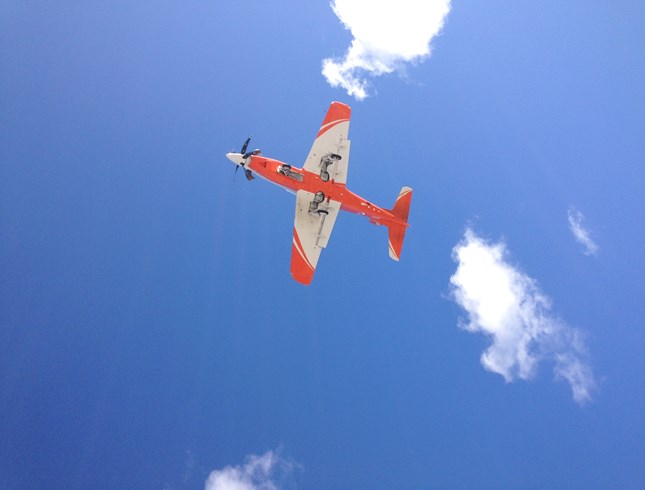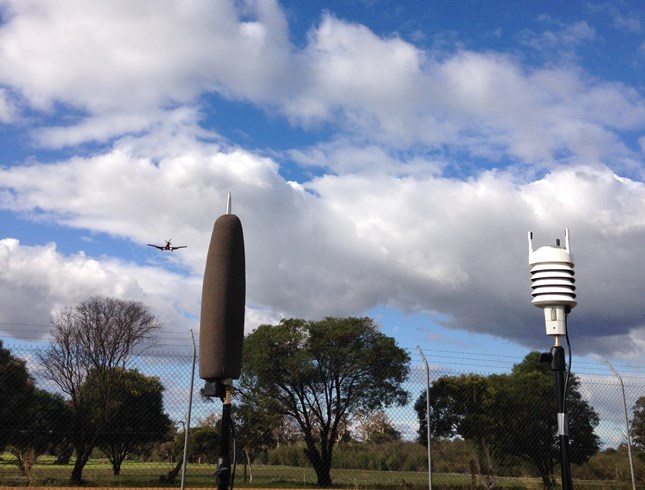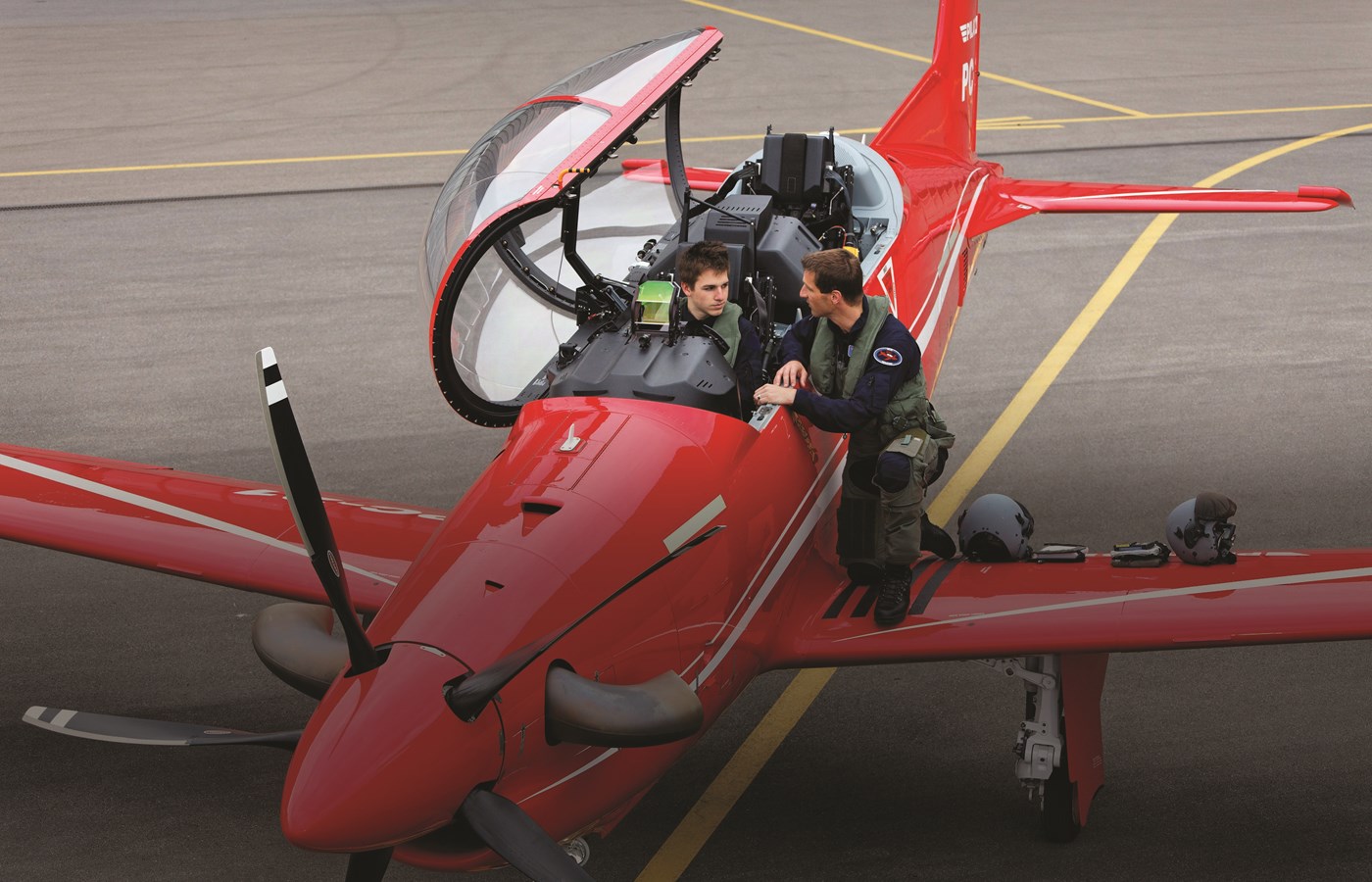Client
Currie & Brown / Department of Defence
Location
RAAF Base Pearce/Gingin, Western Australia
Completion date
2016
As part of the RAAF’s replacement of PC-9/A and CT-4B aircraft with the new Pilatus PC-21 aircraft (part of RAAF’s broader AIR5428 Pilot Training System project), noise emission data was needed for the PC-21 in order to understand the potential change in noise levels around RAAF bases where the new aircraft would operate. This information was needed to inform an environmental study being undertaken by Defence, and provide a basis for producing an updated Australian Noise Exposure Forecast for RAAF Base East Sale (see details of MDA project here). In particular, future PC-21 operations were identified as a significant contributor to the extent of the noise contours around RAAF East Sale. Reliable input data for the modelling was therefore essential.
The type of data needed for the studies was not available from Pilatus. However, a Republic of Singapore Air Force squadron based at RAAF Base Pearce in Western Australia, operates the PC-21. This presented an opportunity to conduct noise emission testing in advance of the new aircraft being delivered for the RAAF.

Scope of Services and Brief
Marshall Day Acoustics was commissioned produce a dataset that could be used to model PC-21 operations at RAAF bases. Specifically, the objective was to produce a set of Noise Power Distance (NPD) curves that could be used in the US Federal Aviation Authority’s Integrated Noise Model (INM) to model PC-21 operations at RAAF bases. This involved carrying out detailed noise testing of the Pilatus PC-21 under a set of controlled operating conditions in accordance with Society of Automotive Engineers-Aerospace Information Report 1845 Revision A Procedure for the Calculation of Airplane Noise in the Vicinity of Airports.
Marshall Day Acoustics was responsible for the test coordination, noise measurements, analysis and derivation of the NPD data.
Challenges & Innovations
The PC-21 is a key element of RAAF’s Pilot Training System which assists undergraduate pilots to develop the necessary knowledge and skills prior to progressing onto advanced military aircraft such as the F-35A Lightning II Joint Strike Fighter (see details of MDA project here), Armed Reconnaissance Helicopter, and MRH-90 helicopter. Training activities in the PC-21 therefore involve a range of different operations to support the objectives of the training program.
However, the test aircraft was part of an operating squadron and therefore the available time for the testing was limited. A key challenge of the study was to therefore maximise the number of test operations in the available time window.
This challenge was addressed through the deployment of multiple unattended smart noise monitoring systems around the test airfield, and developing a testing plan in consultation with RAAF pilots which enabled multiple controlled operating states to be tested during each aircraft circuit operation.
The outcome of the study was a traceable and reliable reference for the noise emissions of the PC-21 aircraft which can be used by Defence to model noise levels at the various RAAF bases where the aircraft will operate.




